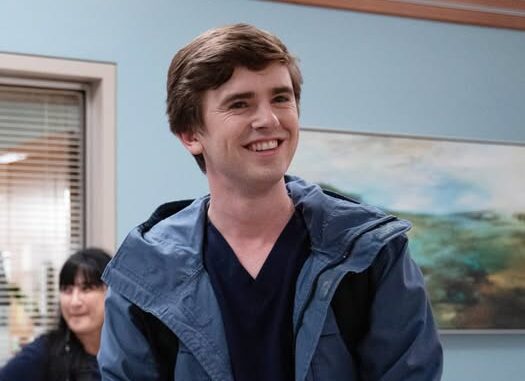
When The Good Doctor premiered in 2017, few could have predicted the medical drama would quickly rise to dominate primetime ratings and become one of the most talked-about new series of the year. Within weeks of its debut, the show not only captured massive audiences in the United States but also resonated with viewers worldwide, transforming Freddie Highmore into one of television’s most recognizable leading men.
So how did a series about a young autistic surgeon in a high-pressure hospital setting become such a phenomenon? Industry experts point to a combination of sharp writing, emotional storytelling, and a central performance that managed to be both groundbreaking and deeply relatable.
At the heart of The Good Doctor is Dr. Shaun Murphy, a surgical resident with autism and savant syndrome. Freddie Highmore’s nuanced portrayal offered something rarely seen on network television: a character who was not defined solely by his diagnosis but rather by his humanity, intelligence, and struggles. For many viewers, Shaun became a lens through which to better understand autism, while also providing an inspiring story of determination against the odds.
The show’s early episodes struck a balance between traditional medical drama and character-driven storytelling. Each case of the week came with high stakes, but the real draw was watching Shaun navigate the social challenges of the hospital environment. His triumphs and missteps, both personal and professional, created a deeply emotional connection with audiences who saw his journey as both extraordinary and profoundly human.
From a production standpoint, ABC’s decision to adapt the Korean series of the same name proved to be a masterstroke. The network, which had been seeking a successor to its aging medical powerhouse Grey’s Anatomy, discovered in The Good Doctor a fresh and emotionally charged alternative. Within weeks of its premiere, the show was drawing more than 15 million viewers across linear and digital platforms, making it the highest-rated new drama of the year.
Critics initially questioned whether the series could sustain its momentum, but glowing reviews and strong word of mouth propelled its success. Many praised its willingness to blend heartfelt storytelling with broader social themes, tackling issues like bias, acceptance, and the challenges of living with a disability in a competitive workplace.
Internationally, the series was equally successful. Distributed to more than 200 territories, it quickly became one of the most-watched shows across multiple continents. Its universal themes of resilience and hope resonated with audiences in Europe, Asia, and Latin America, confirming that The Good Doctor had tapped into something larger than just another medical drama.
Ultimately, The Good Doctor became the year’s biggest new TV hit because it offered more than hospital drama—it offered representation, empathy, and inspiration. At a time when television was increasingly fragmented, the show reminded viewers of the power of broadcast TV to unite audiences around a single story. For ABC, it was a ratings triumph. For Freddie Highmore, it was the role of a lifetime. And for viewers, it was proof that sometimes, the most unlikely hero can become the heart of television’s biggest success.
